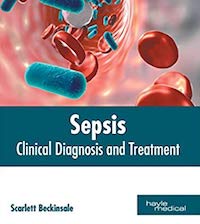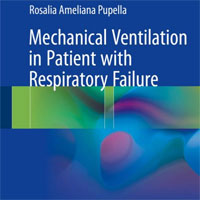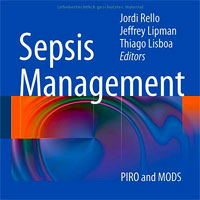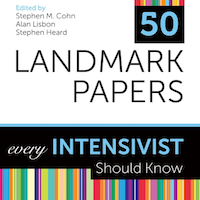Tag: ventilation
Ciprofol Sedation Efficacy and Safety in Mechanical Ventilated ICU Patients
Ciprofol was well tolerated, with a noninferior sedation profile to propofol in Chinese ICU patients undergoing MV for a period of 6–24 hours. Of the 135 patients enrolled, 129 completed the study. The primary endpoint-sedation... read more

Prone vs. Supine Position Ventilation in Intubated COVID-19 Patients
Whether prone positioning of patients undergoing mechanical ventilation for COVID-19 pneumonia has benefits over supine positioning is not clear. We conducted a systematic review with meta-analysis to determine whether prone... read more

Acute Respiratory Distress Syndrome: Advances in Diagnostic Tools and Disease Management
Divided into thirteen chapters, this book provides a wealth of research-oriented findings and practical guidance, ranging from the definition, epidemiology and pathophysiology, to the diagnosis and management of the disease.... read more
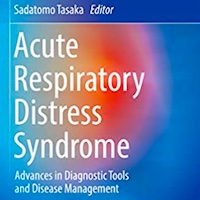
Mechanical Ventilation from Pathophysiology to Clinical Evidence
This new book aims to give a comprehensive overview of the current challenges and solution posed to the health care professionals who need to use mechanical ventilation to treat their patients. Mechanical ventilation is... read more
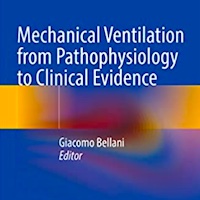
Emergency Department Crowding Impact on Lung Protective Ventilation
Obtaining definitive control of the airway, when indicated, is the responsibility of the emergency medicine physician. Traditionally patients were managed on the ventilator with lung volumes of 10 – 15 ml/kg. However,... read more

Early Calorie and Protein Restriction Associated with Faster Recovery in Ventilated Patients
Compared with standard calorie and protein targets, early calorie and protein restriction did not decrease mortality but was associated with faster recovery and fewer complications. Of 3,044 patients randomly assigned... read more

COVID-19 in Solid Organ Transplant Recipients
Solid Organ Transplant (SOT) recipients are at high risk of severe coronavirus disease-2019. Prior to the availability of vaccination, passive immunotherapies and effective antiviral therapeutics, the outcomes of COVID-19... read more
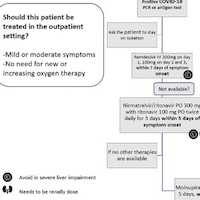
COVID-19 Pandemic Effect on the Incidence and Survival Outcomes of EMS-witnessed OHCA
While other international studies have observed higher incidence and reduced survival in non-EMS-witnessed out-of-hospital cardiac arrest (OHCA) during the COVID-19 pandemic, this study did not identify any significant impacts... read more

Is It Time to Abandon Routine Mask Ventilation Before Intubation?
Mask ventilation in the period between induction and intubation has traditionally been used to confirm the ability to ventilate the patient while awaiting the onset of adequate neuromuscular blockade. However, recent studies... read more

Dexmedetomidine, Almost As Many Uses As There Are Letters
There is literature to support the use of dexmedetomidine in patients with sympathomimetic toxidrome. It may be a reasonable approach to utilize Dex, with or without a bolus, while closely monitoring these patients in an... read more

Postoperative Pulmonary Complications in the ENIGMA II Trial
Respiratory complications remain among the most common and serious adverse outcomes of major surgery. In the Australian and New Zealand Audit of Surgical Mortality, postoperative pneumonia accounted for 44% of infective... read more
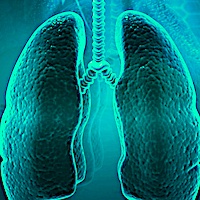
Mechanical Ventilation: For Fun and Benefit
Illustrated and explained simply this book is for anyone that works in an intensive care unit - residents, pulmonary/critical care fellows, therapists, or nurses who wants a better understanding of mechanical ventilation. Easy... read more
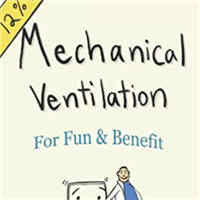
Clinical Application of Mechanical Ventilation
Fundamental concepts of respiratory physiology and the day-to-day duties of a respiratory care professional. Utilizing the wide degree of topics covered, including airway management, understanding ventilator waveforms,... read more
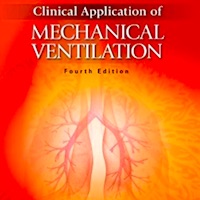
Lung and Diaphragm Protective Ventilation Guided by the Esophageal Pressure
Lung protective ventilatory strategies aim to limit tidal volume, driving pressure and plateau pressure to minimize lung stress and strain and consequently reduce the morbidity and mortality risks associated with mechanical... read more

Surfactant Therapies for Pediatric ARDS
We advocate for well-designed preclinical and explanatory clinical studies to investigate the use of surfactant for pediatric (PARDS) and neonatal (NARDS) acute respiratory distress syndrome. Given the accumulating knowledge... read more
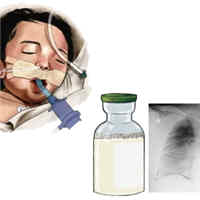
Improving Outcomes in Patients with Difficult Airways
Evidence indicates that the airway community has successfully conquered the anatomically difficult airway, as these patients are managed safely with a low incidence of morbidity and mortality. In contrast, the literature... read more

Protective Ventilation
As ventilator induced lung injury (VILI) importantly impacts outcome of mechanically ventilated patients, even in those without lung injury, it follows that those caring for the critically ill should apply protective ventilatory... read more
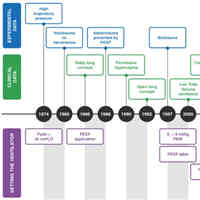
Prone Position in Mechanically Ventilated Patients
The use of prone position (PP) during invasive mechanical ventilation was first reported more than 45 years ago as a mean to improve oxygenation in patients with acute hypoxemic respiratory failure. Improved oxygenation... read more

Pulmonary Aeration and Posterior Collapse Assessed by Electrical Impedance Tomography in Healthy Children
The aim of this study was to evaluate the changes in the lung aeration estimated by electrical impedance tomography as the end-expiratory lung impedance after anesthesia induction in pediatric patients. This was a prospective,... read more
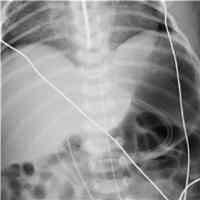
Practical Issues Updates in Anesthesia and Intensive Care
This book describes the state of the art concerning some of the most hotly debated topics in anesthesia and intensive care and is at the same time intended to serve as a useful practical guide that will assist in improving... read more
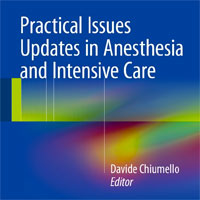
External Chest-wall Compression in Prolonged COVID-19 ARDS with Low-compliance
SARS-CoV-2 can lead to severe respiratory failure (C-ARDS) with some clinical and radiological characteristics that match the presentation of acute respiratory distress syndrome (ARDS). The management of mechanical ventilation... read more
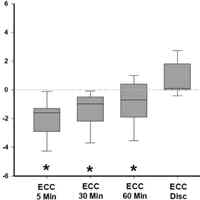
Epidemiology and Outcomes of Critically Ill Children at Risk for PARDS
The Pediatric Acute Lung Injury Consensus Conference “at-risk for pediatric acute respiratory distress syndrome” criteria identify critically ill children at high risk of pediatric acute respiratory distress syndrome... read more



